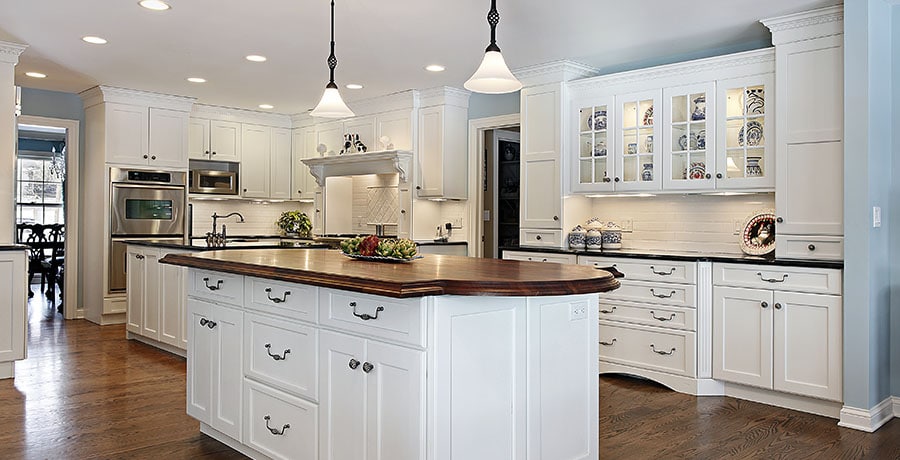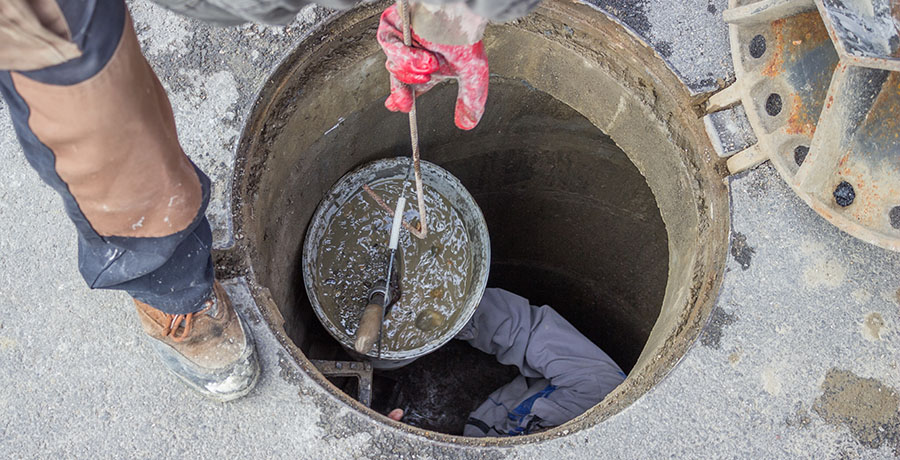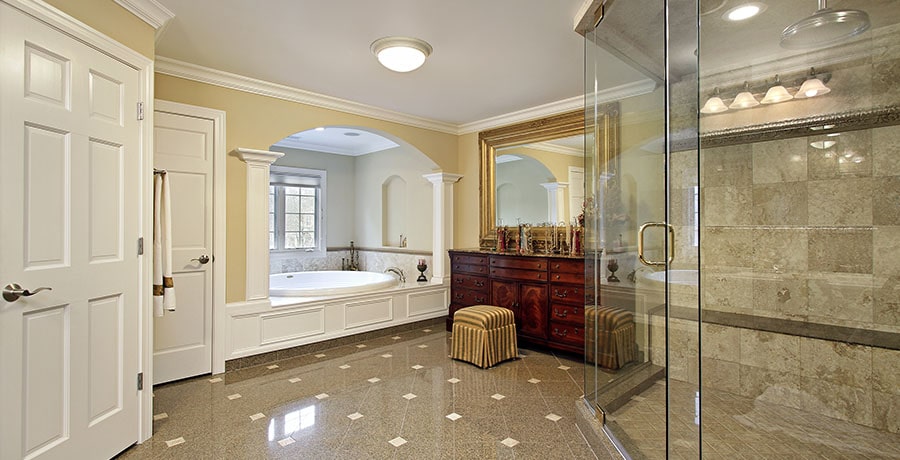
New countertops can uplift the appearance of your kitchen and also give you a smooth counter space to carry out your daily kitchen routine. If you’re considering countertop replacement, you will need to remove your old granite countertop before installing a new one. Whether your new countertop is quartz or granite countertop, the removal process will be the same, so follow the below steps.
Steps For Removing A Granite Countertop
Granite countertops can be removed by breaking them into smaller pieces, but if you want to use them somewhere else, you will need to remove the entire slab carefully. Granite countertop removal is a time-consuming process and it requires correct knowledge and tools, so be attentive when performing the below steps.
Clear The Drawers And Parts Of the Cabinets
Before starting the process, clear the drawers and some parts of the cabinets where the sink is installed. Moreover, remove everything from the surface of the slab.
Turn Off And Disconnect Water Faucets
To avoid water leakage during the process, turn off the water valve of the faucets. It’s usually located under the sink. Make sure to shut off both hot and cold water valves. You can do this by rotating the valves clockwise till the water stops running. Then, remove the water lines by rotating the wrench counterclockwise.
After turning off the water faucets, you should disconnect them. Follow the water lines underneath the sink and find hold-down nuts. Rotate the nuts counterclockwise and then disconnect the faucets.
Remove The Sink
For taking out an under-mount sink, open a cabinet near the sink and see the underneath of the sink where you will find the hold-down brackets. Unscrew the nuts of the brackets and break the caulk and glue with a knife or any other tool.
The sink should be free. Push the sink up from the bottom or use a rubber mallet for tapping the bottom of the sink. The sink will become a notch higher from the countertop’s surface. Lift out the sink from the top.
Detach The Plywood
Countertops are placed on plywood that is on top of cabinets. For removing the plywood, look for its screws under the cabinets. After removing these screws, you should look for another set of screws in the space between the countertop and cabinets. Unscrew them. If you don’t find those screws, plywood may be glued to the countertop. Break the glue to remove the countertop.
Remove The Backsplash
If your kitchen has a backsplash, you need to remove that as well before removing the countertop. Use a leveling pry bar and a hammer to safely remove the backsplash. Be gentle so that the backsplash tiles don’t crack because, after the installation of a new countertop, you may need to install them again.
Find The Junction Between The Bottom Of The Counter And The Front Brace Of the Cabinets
To find this joint, look inside the cabinets. After locating them, use a pry bar and a hammer to break any glue keeping the joint strong. If you see plywood under the slab, remove it first or remove both the counter and plywood together.
Once you have opened the joint, use a wood shim to lift the countertop and hold that position. Do the same for the entire front end of the countertop until the front end is slightly lifted.
Lift The Countertop
Pry the countertop out from the place where it’s connected to the cabinets. Lift a few inches of the counter and use a wooden shim to lift the counter. Keep doing this until the entire countertop is lifted.
Now, you only need to lift the countertop and place it where you want it. Granite slabs are heavy so you need one person for every 3-4 feet of the slab.
In case you will be installing the granite slab in another place, store properly. Clean it well and store it with the top face down. Keep something under and on top of the slab.
Conclusion
Follow the above steps to remove your granite countertop. It’s better to hire a granite installer Rockville for removing the countertop and installing the new slab. This will make sure that the countertop is removed without damage and the new slab is installed correctly.



